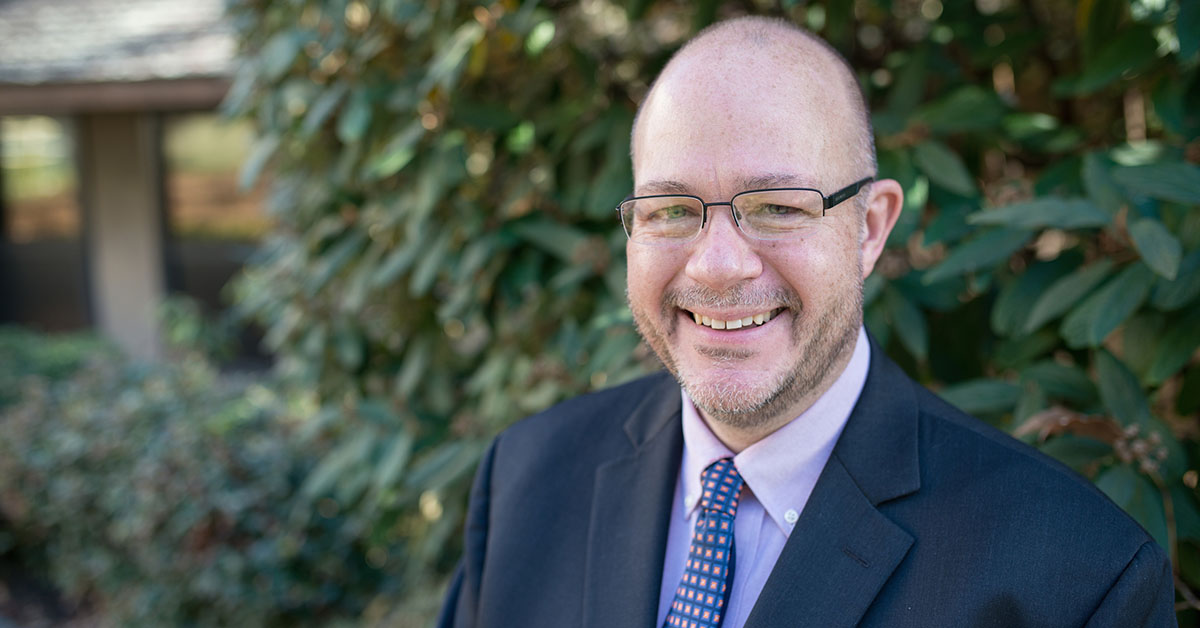
PHILADELPHIA (May 28, 2021)—Scientists at Fox Chase Cancer Center have provided new insight into how viruses spread through the central nervous system and how they can live on in these parts of the body long after a person appears to have recovered from disease.
The mouse study showed how the measles virus is able to spread within the brain from neurons to a different type of cell called astrocytes. It calls into question a long-established belief in virology around how viruses move from cell to cell.
“Central nervous system infections by viruses are rare, but when they do happen, they’re almost always catastrophic,” said Glenn F. Rall, PhD, chief academic officer at Fox Chase and a professor in the Blood Cell Development and Function Program. “Our results may open up a new set of opportunities to limit the ability of viruses that infect the central nervous system to continue to access and percolate throughout the brain.”
The findings also contribute to a growing field of research that investigates whether late-in-life neurological disorders, including Parkinson’s and Alzheimer’s disease, could be related to the lingering effects of viral infections that occurred in the central nervous system years or even decades earlier.
The new study built on previous research involving mice that were genetically engineered so that only their neurons could be infected by measles virus. Following infection, all adult mice fully recovered.
However, when their brains were examined months later, researchers found that the infection was still present. Not in their neurons, but in astrocytes, a type of cell that enclose the synapses between neurons, absorbing excess neurotransmitters to keep levels stable. The finding was a surprise, because the astrocytes did not have receptors for the measles virus, meaning infection in these cells was not supposed to be possible.
For the new study, researchers took mouse neurons that had been infected with measles virus and mixed them with astrocytes that lacked virus receptors. The astrocytes became infected with measles, replicating what was seen in the mice.
To study how this was happening, the researchers added drugs to suppress the glutamate receptors of the astrocytes, which slowed down the ability of the virus to spread. When they enhanced the cells’ glutamate receptors, transmission of the virus increased.
This suggests that the astrocytes are absorbing not the virus itself, but raw ribonucleoprotein, or the genomic strand of the measles genome, Rall said. Once inside the cell, this genetic material starts the process of replication, allowing the virus to spread.
“It’s dogma in virology that there’s a binding protein on the surface of that virus which binds to a receptor in the cell, like a lock and key, allowing the virus to get into the cell and wreak havoc,” Rall said. “This would suggest that viruses can move among cells in a receptor-independent manner.” It may be a mode of transmission that’s unique to the central nervous system, he added.
As a next step, Rall hopes to take a closer look at the process happening in the synapse and confirm the form taken by the virus as it spreads. They also want to study whether other RNA viruses, like polio, SARS, rubella, and rabies spread the same way.
The paper, “Noncanonical Transmission of a Measles Virus Vaccine Strain From Neurons to Astrocytes,” was published in mBio.